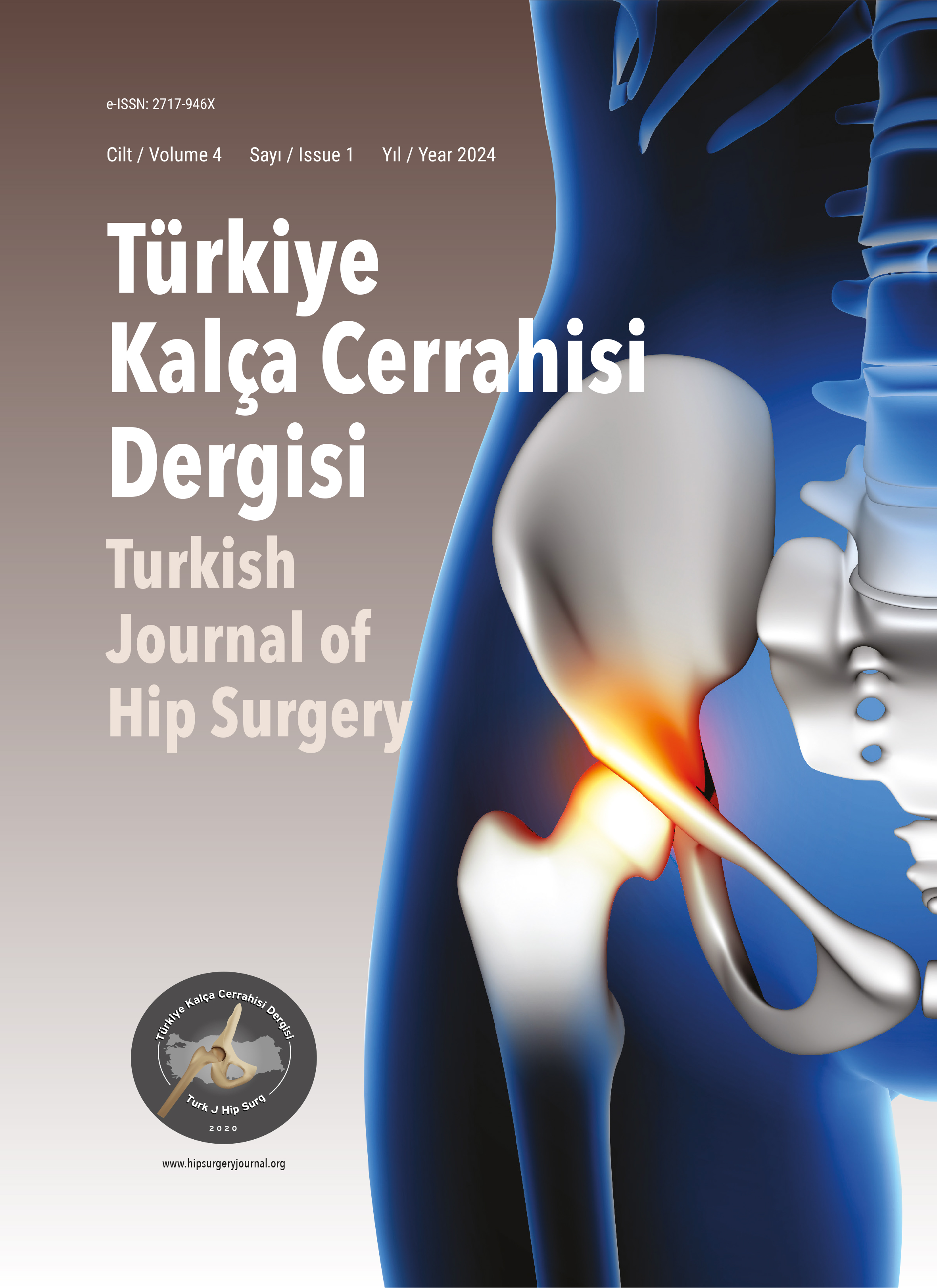
Restoring Functionality in Severe Hip Deformities: Advanced Surgical Technique for LeggCalvéPerthes Disease Sequelae
Burak Duymaz, Onur HapaDokuz Eylul Unıvercıty, Orthopedıcs And Traumatology Department, Izmır, TurkeyIntroduction:
This case study examines a specialized surgical intervention for an 18-year-old female patient with severe hip pain and impingement issues. These complications arise from deformities associated with her unilateral Legg-Calvé-Perthes disease. This condition severely affects hip function. The residual deformities from LeggCalvéPerthes disease (LCPD) are acknowledged for exacerbating joint degeneration and increasing symptomatic distress, particularly in adolescents and young adults. Therefore, comprehending the complex relationship between these deformities and their clinical implications is crucial for formulating effective treatment approaches to alleviate physical discomfort and enhance quality of life and function. These deformities present biomechanical and biological challenges that require tailored surgical interventions to restore joint function and reduce pain.
Methods:
This study presents the case of an 18-year-old female patient with severe intra- and extra-articular impingement due to unilateral LCPD. A comprehensive surgical approach was employed, including hip dislocation, mosaicplasty with autografts, femoral head-neck osteochondroplasty and labral repair. Postoperative progress was monitored through clinical evaluations, radiographs, and Harris Hip Scores.
Results:
Post-surgery, the patient demonstrated significant improvements in pain levels, hip range of motion, and functionality, with a Harris Hip Score increase from 62 preoperatively to 76 at two years postoperatively. Radiographic assessments confirmed the restoration of joint congruence, femoral head sphericity, and healing of osteochondral lesions.
Conclusions:
This case highlights the efficacy of tailored hip preservation surgeries in managing complex residual deformities of LCPD. The report explores the details of the surgical methods used, the reasoning for the selected techniques, and the postoperative results, offering essential perspectives on managing comparable cases in the future. The surgical approach improves medium-term functionality and provides a foundation for preserving long-term joint health, reducing the risk of early degenerative arthritis. Future strategies addressing residual acetabular dysplasia could further enhance outcomes.
Keywords: LeggCalvéPerthes disease, Hip deformities, Mosaicplasty, Surgical dislocation, Femoral head-neck osteochondroplasty
LeggCalvéPerthes Hastalığı Sekellerinde İleri Cerrahi Yaklaşım: Bir Olgu Raporu
Burak Duymaz, Onur HapaDokuz Eylül Tıp Fakültesi̇, Ortopedi̇ Ve Travmatoloji̇ Anabi̇li̇m Dalı, İzmi̇r, Türki̇yeGiriş
Bu olgu sunumu, 18 yaşında, sol kalçasında yoğun harreket ile ağrı ve ciddi intra ve ekstra-artiküler sıkışma semptomları yaşayan bir kadın hastanın kişiselleştirilmiş cerrahi tedavisini ele almaktadır. LeggCalvéPerthes hastalığı (LCPD) kaynaklı rezidüel kalça deformiteleri, özellikle genç yetişkinlerde eklem fonksiyonunu ciddi şekilde bozarak ağrıya ve erken dejeneratif değişikliklere yol açmaktadır. Bu biyomekanik ve biyolojik zorlukların üstesinden gelmek için kişiye özel planlanmış cerrahi müdahaleler gereklidir.
Yöntemler
Cerrahi müdahalede güvenli kalça dislokasyonu, ipsilateral femur başının ağırlık taşımayan bölgesinden alınan otolog greftlerle yapılan mozaikplasti, cam tipi sıkışmayı düzeltmek için femur baş-boyun osteokondroplastisi ve labrum onarımı gerçekleştirilmiştir. Postoperatif dönemde, klinik değerlendirmeler, radyografik görüntüleme ve Harris Hip Skoru ile hastanın iyileşme süreci takip edilmiştir.
Sonuçlar
Cerrahi sonrası hastanın ağrı seviyelerinde belirgin bir azalma ve kalça hareket açıklığında önemli iyileşmeler gözlenmiştir. Harris Hip Skoru, ameliyat öncesinde 62den iki yıl sonrası takipte 76ya yükselmiştir. Radyografik incelemeler, eklem uyumunun düzeldiğini, femur başı küreselliğinin sağlandığını ve osteokondral lezyonların kısmen iyileştiğini göstermiştir. Bununla birlikte, hafif derecedeki asetabular displazi, hastanın fonksiyonel sonuçlarını önemli ölçüde etkilememiştir.
Tartışma
Bu olgu, LCPDye bağlı karmaşık kalça deformitelerinin yönetiminde kişiselleştirilmiş cerrahi yaklaşımların önemini vurgulamaktadır. Bu tür müdahaleler, orta vadeli fonksiyonel iyileşmeyi artırırken, erken dejeneratif artriti önleyerek, uzun vadeli eklem sağlığını desteklemektedir. Gelecekteki araştırmalar, bu hastalarda özellikle rezidüel asetabular displaziyi ve osteokondral greft entegrasyonunu iyileştirmek için cerrahi tekniklerin daha da geliştirilmesine odaklanmalıdır. Bu rapor, benzer vakaların yönetimi için değerli bir rehber sunmaktadır.
Anahtar Kelimeler: LeggCalvéPerthes hastalığı, Kalça deformiteleri, Mozaikplasti, Cerrahi dislokasyon, Femur baş-boyun osteokondroplastisi
Manuscript Language: English









